Admittedly, at this point my kind readers know that I’m a nut over some ocean humor (despite the rolling eyes from loved ones!). So if you’ll indulge me this holiday season I now have a list of twelve ornamental-appropriate organisms. My first one to share is the Christmas tree worm.
The Christmas tree worm, found in tropical coral reefs worldwide, has some amazing spiral plumes (i.e., tentacles) are used for feeding and breathing. The Christmas tree worm prefers to feast on phytoplankton floating in the water nearby. Learn more here.
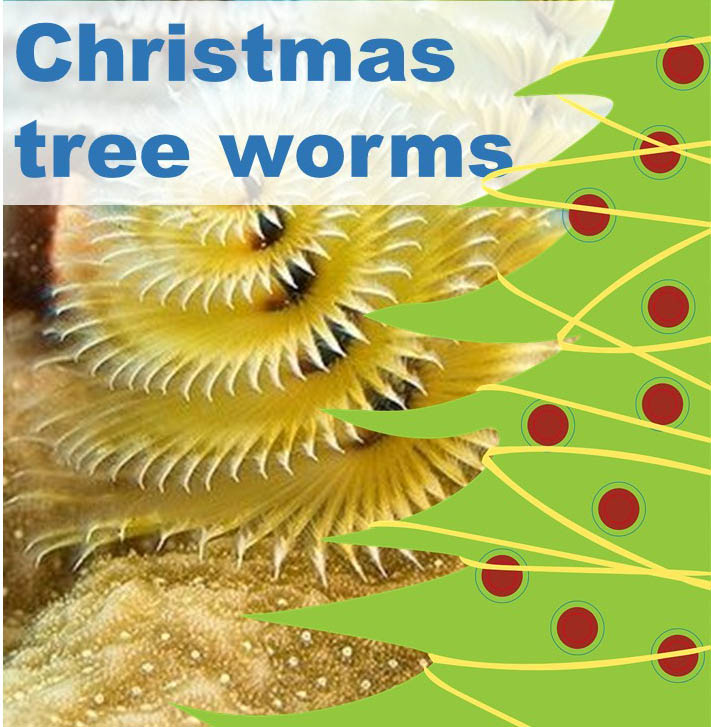
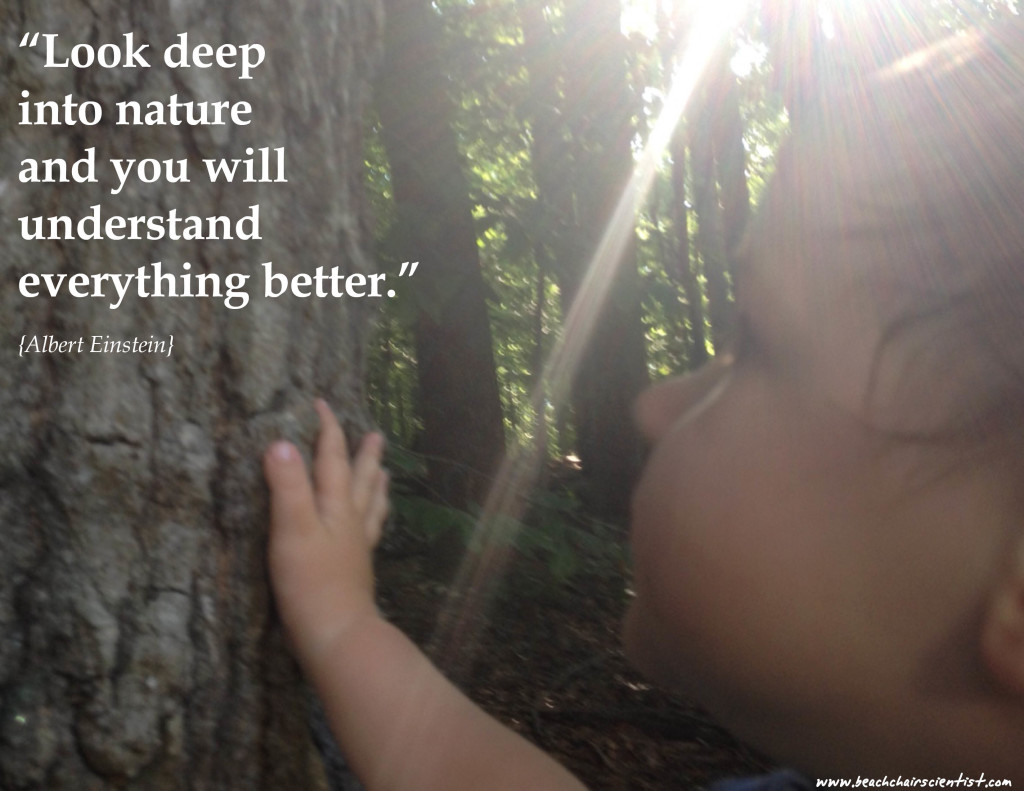

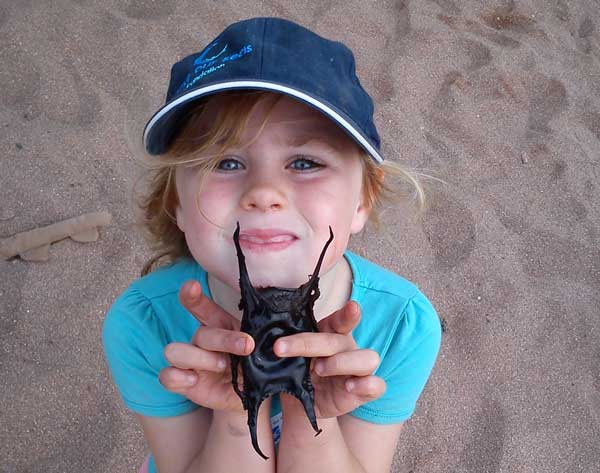
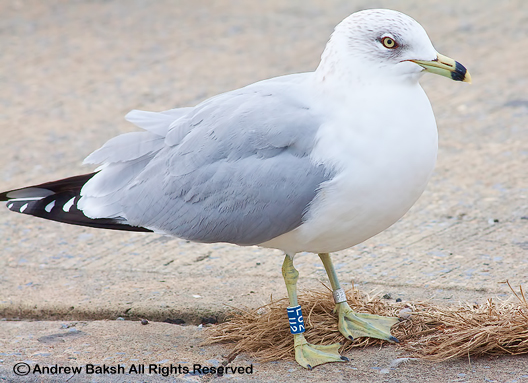


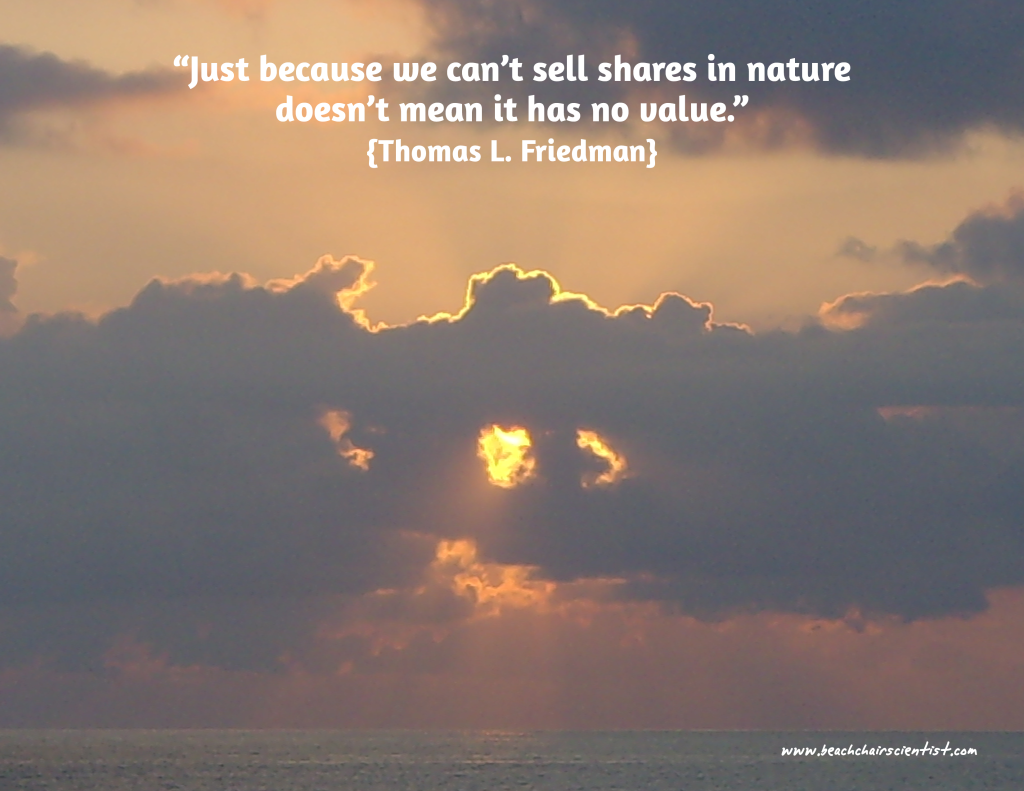
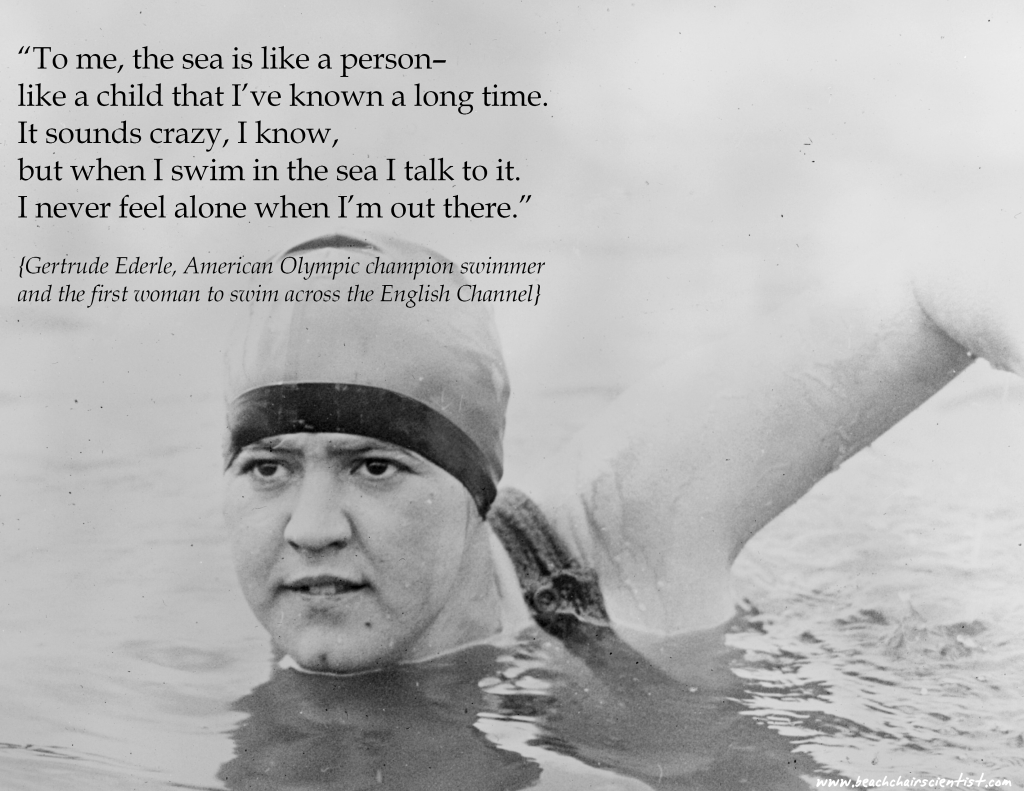







What people are saying …